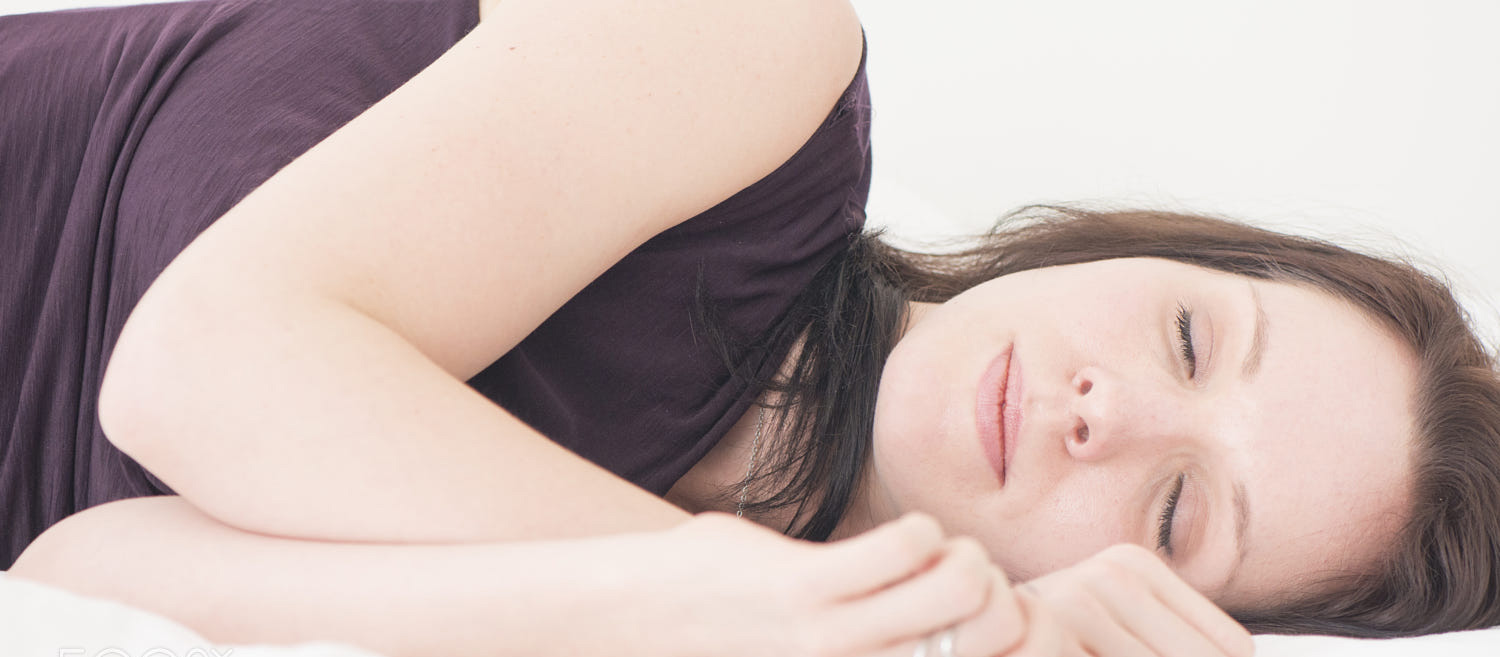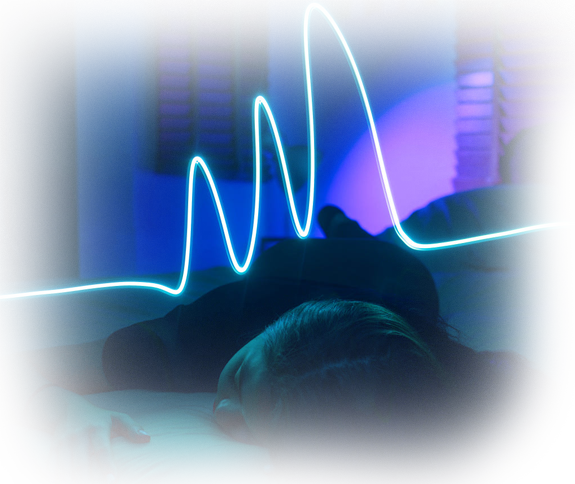
Radiance Health Care makes it easy for persons suffering from any sort of sleep disorders by providing them with the best sleep study test in Delhi. We keep the sleep study test cost minimum because Polysomnography is an initialdiagnostic test. While maintaining the affordable sleep study test price in Delhi Noida & NCR, we accurately record the patient's brain waves, legs & eyes movements, blood oxygen level, pulse rate & breathing.
Polysomnography, also called a sleep study, is a test used to diagnose sleep disorders. Polysomnography records your brain waves, the oxygen level in your blood, heart rate and breathing, as well as eye and leg movements during the study.
Polysomnography is usually done at a sleep disorders unit within a hospital or at a sleep center. The test records your nighttime sleep patterns. Polysomnography is occasionally done during the day to accommodate shift workers who habitually sleep during the day.
In addition to helping diagnose sleep disorders, polysomnography may be used to help adjust your treatment plan if you've already been diagnosed with a sleep disorder.
Why it's done
Polysomnography monitors your sleep stages and cycles to identify if or when your sleep patterns are disrupted and why.
The normal process of falling asleep begins with a sleep stage called non-rapid eye movement (NREM) sleep. During this stage, your brain waves, as recorded by electroencephalography (EEG), slow down considerably.
Your eyes don't move back and forth rapidly during NREM, in contrast to later stages of sleep. After an hour or two of NREM sleep, your brain activity picks up again, and rapid eye movement (REM) sleep begins. Most dreaming occurs during REM sleep.
You normally go through multiple sleep cycles a night, cycling between NREM and REM sleep in about 90 minutes. Sleep disorders can disturb this sleep process.
Your doctor may recommend polysomnography if he or she suspects you have:
- Sleep apnea or another sleep-related breathing disorder. In this condition, your breathing repeatedly stops and starts during sleep.
- Periodic limb movement disorder. In this sleep disorder, you involuntarily flex and extend your legs while sleeping. This condition is sometimes associated with restless legs syndrome.
- Narcolepsy. You experience overwhelming daytime drowsiness and sudden attacks of sleep in this condition.
- REM sleep behavior disorder. This sleep disorder involves acting out dreams as you sleep.
- Unusual behaviors during sleep. Your doctor may perform this test if you do unusual activities during sleep, such as walking, moving around a lot or rhythmic movements.
- Unexplained chronic insomnia. If you consistently have trouble falling asleep or staying asleep, your doctor may recommend polysomnography.
Risks
Polysomnography is a noninvasive, painless test. The most common side effect is skin irritation caused by the adhesive used to attach test sensors to your skin.
How you prepare
You may be advised to avoid drinks or food containing alcohol or caffeine during the afternoon and evening before polysomnography. Alcohol and caffeine can change your sleep patterns, and they may make symptoms of some sleep disorders worse.
Napping in the afternoon before a sleep study is discouraged. You'll usually be asked to bathe or shower before your sleep study. But don't put on lotions, gels, colognes or makeup before the test, as these can interfere with the use of the electrodes.
What you can expect During polysomnography
- Brain waves
- Eye movements
- Heart rate
- Breathing pattern
- Blood oxygen level
- Body position
- Chest and abdominal movement
- Limb movement
- Snoring and other noise you may make as you sleep
Polysomnography technologists monitor you throughout the night. If you need assistance, you can talk to them through the monitoring equipment. They can come into the room to detach the wires if you need to get up during the night.
During the study, the technologist may have you try a positive airway pressure (PAP) machine for sleep apnea. This is a device that consists of a tight-sealing nosepiece through which a gentle stream of air is delivered to enhance your breathing.
Continuous positive airway pressure (CPAP) is one type of PAP machine. CPAP devices deliver a constant stream of air that keeps the airway passages open while you sleep.
For some people, bi-level positive airway pressure (biPap or bPap) machines may be a more comfortable choice. These devices deliver more pressure while you're breathing in, and lower pressure when you exhale.
You may have the opportunity to try on a PAP device before the sleep study begins so that you are not surprised by it if the technologist suggests you try the device later in the night. If necessary, oxygen also may be used during the study to bolster your breathing.
Although you probably won't fall asleep as easily or sleep as well at the sleep center as you do at home, this usually doesn't affect the test results. A full night's sleep isn't required to obtain accurate polysomnography results.
After polysomnography
In the morning, the sensors are removed, and you may leave the sleep center. You're given an appointment for a follow-up visit with the doctor who recommended the test. You can return to your usual activities after polysomnography.

Results
The measurements recorded during polysomnography provide a great deal of information about your sleep patterns. For example:
- Brain waves and eye movements during sleep can help your health care team assess your sleep stages and identify disruptions in the stages that may occur due to sleep disorders such as narcolepsy and REM sleep behavior disorder.
- Heart and breathing rate changes and changes in blood oxygen that are abnormal during sleep may suggest sleep apnea.
- Correct settings for PAP or oxygen in case your doctor would like to prescribe these for home use.
- Frequent leg movements that disrupt your sleep may indicate periodic limb movement disorder. Unusual movements or behaviors during sleep may be signs of REM sleep behavior disorder or another sleep disorder.
- The information gathered during polysomnography is evaluated first by a polysomnography technologist, who uses the data to chart your sleep stages and cycles. Then that information is reviewed by your sleep center doctor.
- At a follow-up appointment, your doctor reviews the results with you. Based on the data gathered, your doctor will discuss any treatment or further evaluation that you may need.
We always do our best to serve our patients, but there are a few details we respectfully ask you to plan a Sleep Study test at your home with our device which is approved by FDA, USA.


